Description
Nivalin® (Galantamine) is used to treat mild to moderate confusion (dementia) related to Alzheimer’s disease. It does not cure Alzheimer’s disease, but it may improve memory, awareness, and the ability to perform daily functions. The symptoms of Alzheimer’s disease are thought to be due to a lack of acetylcholine, a substance which transmits messages between brain cells. Nivalin® (Galantamine) increases the amount of this substance to help improve or stabilise the symptoms and therefore slow the progress of Alzheimer’s disease.
Other brand names: Razadyne, Elmino XL, Reminyl XL, Gatalin XL, Luventa XL, Galsya XL, Galantyl, Lycoremine, Galnora, Galamir, Galantamine Hydrobromide
Compound
One tablet contains the active ingredient – galantamine hydrobromide 5.00 mg
Excipients: lactose monohydrate, wheat starch, talc, magnesium stearate, microcrystalline cellulose (type 101), calcium hydrogen phosphate dihydrate (for a dosage of 5.00 mg).
Indications for use
It is used in complex treatment:
– mild to moderate dementia of the Alzheimer’s type
– diseases of the peripheral nervous system (polyradiculoneuritis, radiculoneuritis, neuritis, polyneuritis, polyneuropathy)
– conditions associated with damage to the anterior horns of the spinal cord (after poliomyelitis, myelitis, spinal muscular atrophy)
– cerebral palsy (conditions after cerebral stroke, cerebral palsy)
– disorders of the neuromuscular synapse (myasthenia gravis, muscular dystrophy)
Method of administration and dosage
Nivalin® tablets are taken orally with meals. During treatment, it is necessary to ensure the intake of a sufficient amount of fluid.
Adults:
The usual dose is 10-40 mg, divided into 2-4 doses.
Alzheimer’s disease
The recommended starting dose is 5 mg 2 times a day, preferably with morning and evening meals. After a 4-week course of treatment, the dose can be increased until a maintenance dose of 20 mg per day is reached, divided into 2 doses (10 mg 2 times a day). The dose is increased depending on the clinical picture and the individual response of the patient.
Children:
The recommended daily intake for children is:
– from 6 to 8 years old – 5-10 mg per day;
– from 9 to 11 years old – 5-15 mg per day;
– From 12 to 15 years old – 5-25 mg per day.
Duration of treatment
The duration of treatment is determined by the attending physician.
Side effects
The most common side effects of galantamine are associated with its pharmacodynamics and can be expressed mainly in the form of nicotinic or, less commonly, muscarinic effects characteristic of the pharmacological class.
Often (> 1/100 to <1/10)
– dizziness, headache
– loss of appetite, anorexia
– depression, tremors, fainting, drowsiness, lethargy (lethargy), fatigue, weakness,
– bradycardia, hypertension
– nausea, vomiting, hyperhidrosis (increased sweating), salivation
– muscle spasms, asthenia, weight loss, falls
Not often (> 1/1000 to <1/100)
– visual and auditory hallucinations, paresthesias, hypersomnia, blurred vision, tinnitus
– dehydration (dehydration), dysgeusia (taste perversion)
– supraventricular extrasystole, atrioventricular block I degree, sinus bradycardia, palpitations, hypotension, hot flashes
– muscle weakness
– increased levels of liver enzymes.
– intestinal and renal colic
– accommodation spasm
Rarely (> 1/10 000 to <1/1 000)
– hepatitis
With an unknown frequency
– increased intestinal peristalsis.
Contraindications
• hypersensitivity to the active substance galantamine hydrobromide or any of the excipients of the drug
• severe renal failure (creatinine clearance below 10 ml / min)
• severe hepatic impairment (Child-Plow> 9)
• bronchial asthma
• bradycardia, angina pectoris, increased blood pressure
• AV block
• coronary heart disease
• severe heart failure (III-IV group according to NYHA)
• mechanical intestinal obstruction
• violation of the patency of the urinary tract
• epilepsy
• hyperkinesia
• pregnancy and lactation
• children under 6 years old
Drug interactions
Pharmacodynamic interactions
With the simultaneous use of galanatamine with other parasympathomimetics (ambenonium, doneprezil, neostigmine, pyridostigmine or systemically used pilocarpine), an increase in their cholinomimetic action may be observed, and therefore they should not be used together.
Galanatamine antagonizes the action of anticholinergics (atropine and similar substances), hexamethonium and other ganglion blockers, non-depolarizing muscle relaxants (tubocurarine).
Possible interactions of galantamine when used with medications that slow the heart rate, such as digoxin, beta-blockers, calcium channel blockers, and amiodarone.
Procainamide, the therapeutic effect of which is partly due to anticholinergic activity, cannot be used simultaneously with galantamine, since the latter can antagonize its therapeutic effect.
Aminoglycosides (gentamicin, amikacin) can reduce the therapeutic effect of galantamine in myasthenia gravis.
The effect of depolarizing neuromuscular blockers (suxamethonium) can be enhanced with simultaneous use with galantamine and, especially, in cases of pseudocholinesterase deficiency.
Galantamine enhances the depressant effect on the central nervous system of ethanol and sedatives.
Pharmacokinetic interactions.
When taken simultaneously with food, the rate of absorption of galantamine slows down, but the degree of its absorption does not change. It is recommended that the drug is taken with food to reduce possible side effects of cholineimetic action of the drug.
Galanamine is metabolized by the hepatic isoenzymes CYP3A4 and CYP2D6.
Drugs that are metabolized by these same isoenzymes can interact with galantamine at a pharmacokinetic level. Inhibitors of CYP2D6 (quinidine, paroxetine, fluoxetine) or CYP3A4 (ketoconazole, zidovudine, ritonavir, erythromycin) can affect the metabolism of galantamine and cause an increase in its plasma concentrations and, accordingly, its bioavailability.
In these cases, there is an increased risk of side effects, and therefore it is recommended to lower the maintenance dose of galantamine.
Cimetidine May Increase Galantamine Bioavailability
Galantamine has no effect on the pharmacokinetics of warfarin.
Special instructions
Parasympathomimetics can have a vagotonic effect on the heart rate, expressed in bradycardia and AV-blockade, which is associated with their specific pharmacological action. For this reason, it is necessary to carefully prescribe Nivalin® to patients with sick sinus syndrome or other supraventricular cardiac conduction disorders, as well as to patients who are treated with drugs that significantly slow down the heart rate, such as digoxin or beta-blockers, or patients with uncorrected electrolyte balance (hyper- or hypokalemia).
Due to the cholinomimetic effect, Nivalin® can increase gastric secretion and cause side effects from the gastrointestinal tract. A higher risk exists in patients with a history of peptic ulcer disease, in the recovery period after surgery on the stomach and in patients who are simultaneously treated with non-steroidal anti-inflammatory drugs. When treating Nivalin® in such patients, it is necessary to monitor the symptoms of active or acute gastrointestinal bleeding.
Nivalin® must be carefully prescribed to patients with chronic obstructive pulmonary disease.
The appointment of Nivalin® for patients with difficulty urinating, after a recent resection of the prostate gland or bladder is not recommended.
Cholinomimetics can potentiate the action of neuromuscular blockers such as succinylcholine during anesthesia.
When treating with cholinesterase inhibitors, including Nivalin®, in some cases, there may be a decrease in body weight – weight loss. In these cases, it is necessary to control the patient’s body weight.
Parasympotomimetics have a known potential to induce seizures. Increased seizure activity is observed in patients with Alzheimer’s disease. In rare cases, parasympathomimetics can increase cholinergic tone and worsen symptoms of parkinsonism.
Nivalin® should be used cautiously and in lower doses in patients with mild renal insufficiency, depending on creatinine clearance.
The medicinal product contains wheat starch as an excipient. Wheat starch may contain gluten, but only in trace amounts, and therefore is considered safe for people with celiac disease.
The medicinal product contains an excipient lactose. Patients with rare hereditary problems of galactose intolerance, Lapp lactase deficiency or glucose-galactose malabsorption should not use the drug.
Features of the influence of the drug on the ability to drive a vehicle or potentially dangerous mechanisms
Nivalin® can cause visual disturbances, dizziness and drowsiness, which can affect the ability to drive and operate machines.
Overdose
Symptoms: muscle weakness and fasciculations, severe nausea, vomiting, abdominal cramping, diarrhea, salivation, lacrimation, excessive sweating, bradycardia, hypotension, collapse and convulsions. Severe muscle weakness in combination with hypersecretion of the tracheal mucosa and bronchospasm can lead to acute respiratory distress syndrome.
Treatment: It is necessary to monitor the respiratory and cardiovascular functions. Treatment is symptomatic.
If the patient is conscious, gastric lavage is performed.
Storage conditions
Store in its original packaging, in a dry and dark place at a temperature not exceeding 25 ºС.
Keep out of the reach of children.
Shelf life – 5 years
Do not take after expiration date.
Additional information
| Ingredient |
|---|





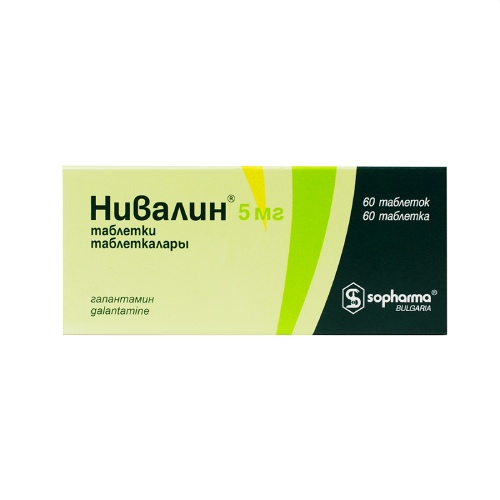
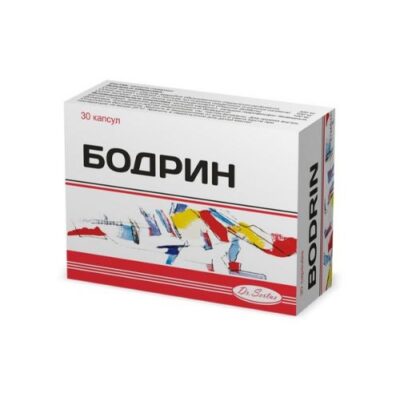
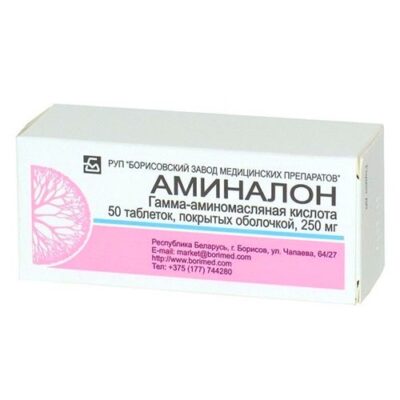
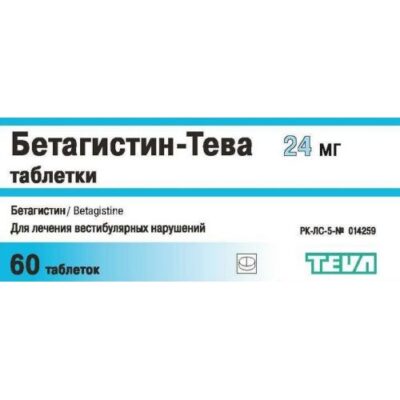
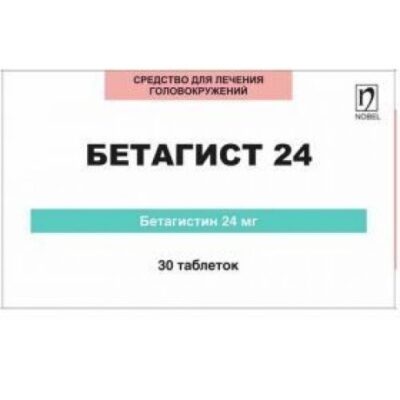
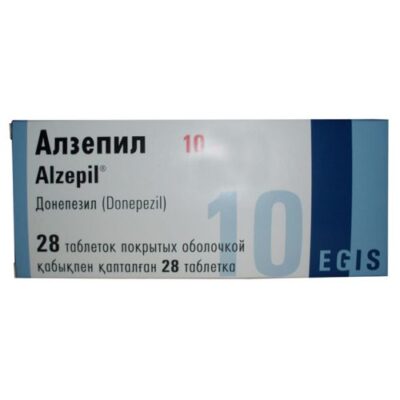
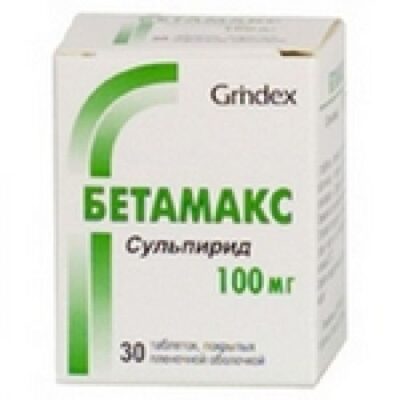
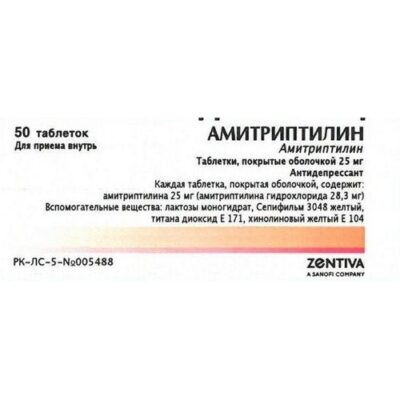
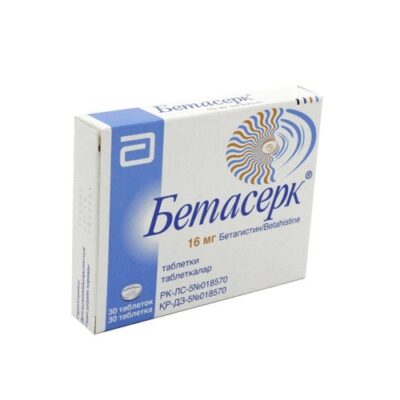
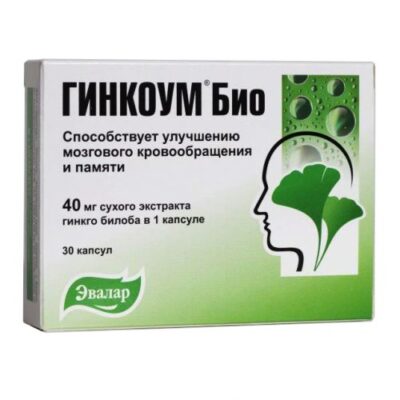
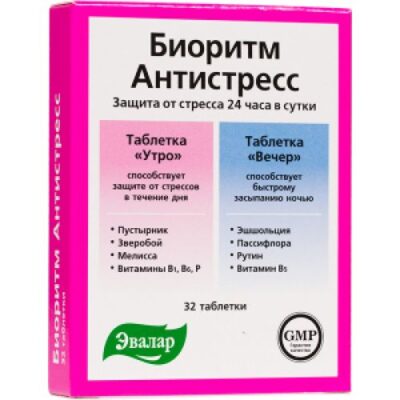






Reviews
There are no reviews yet.